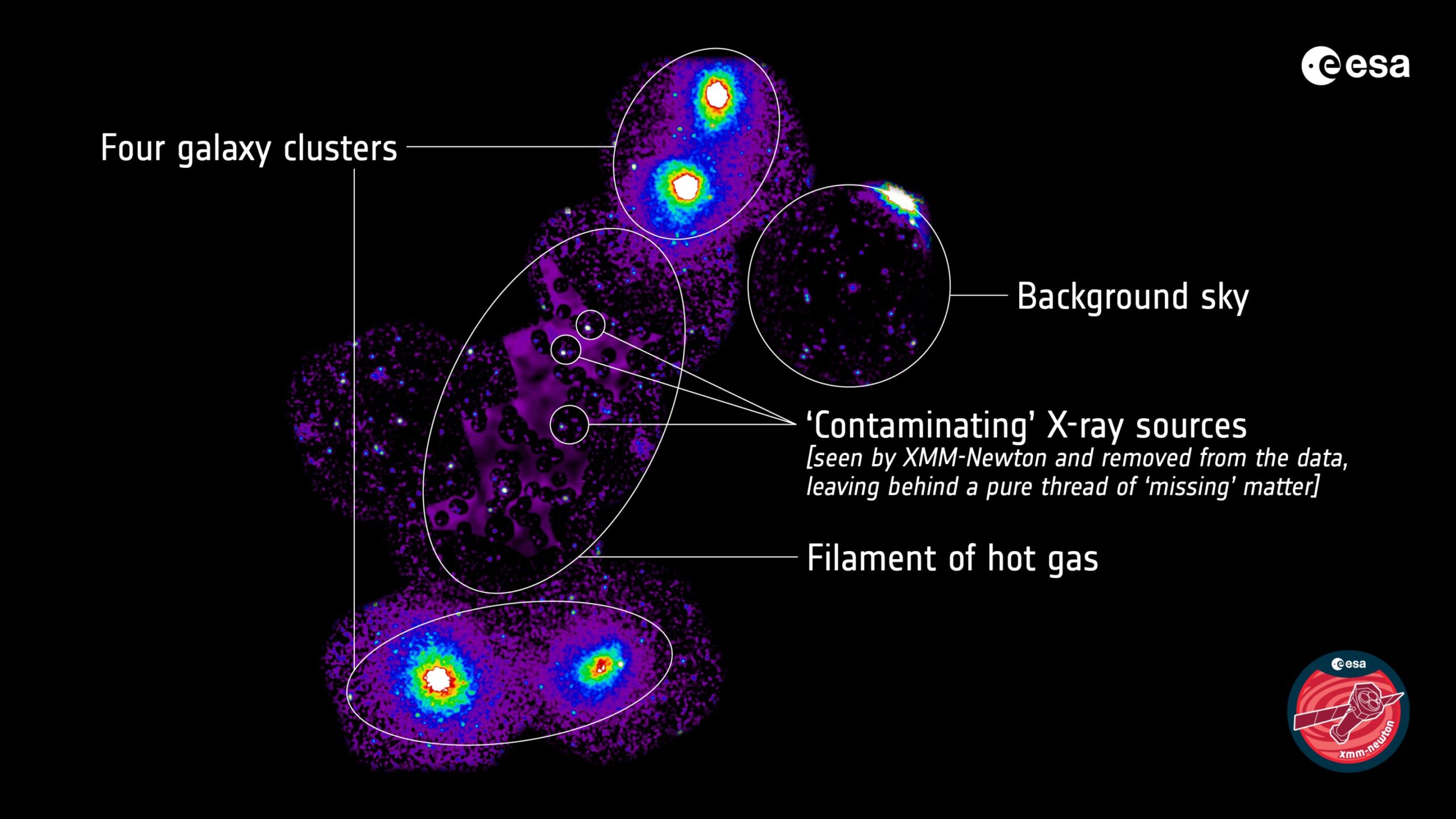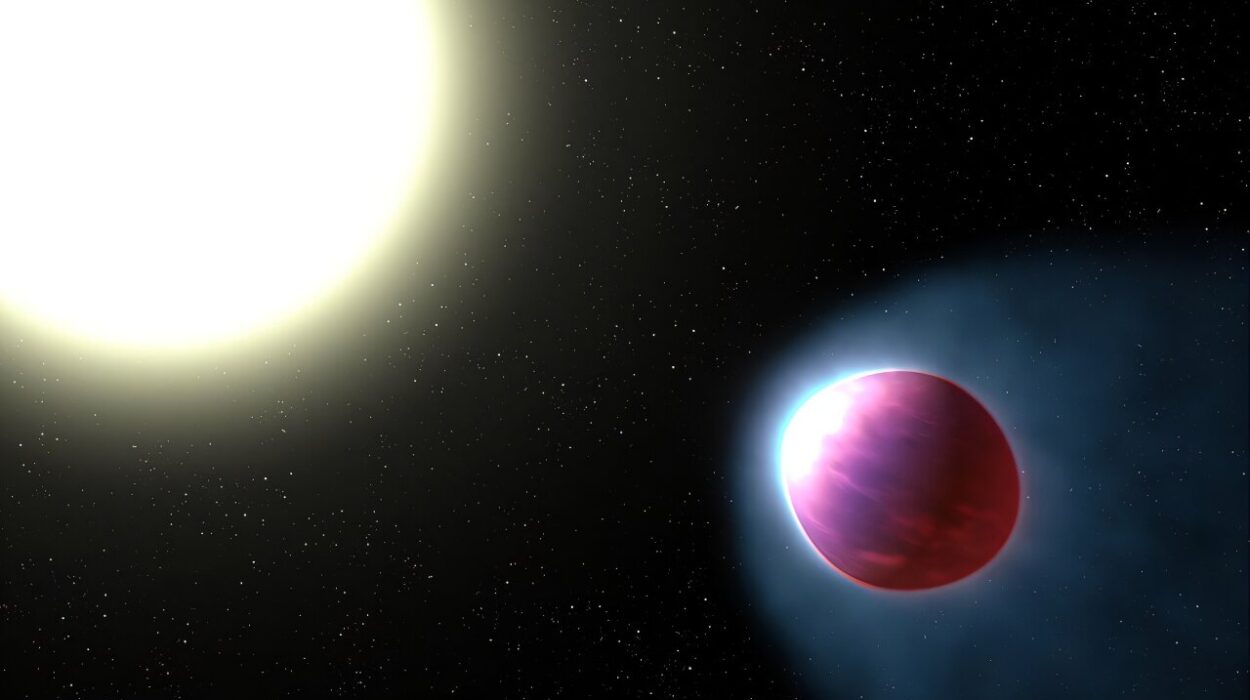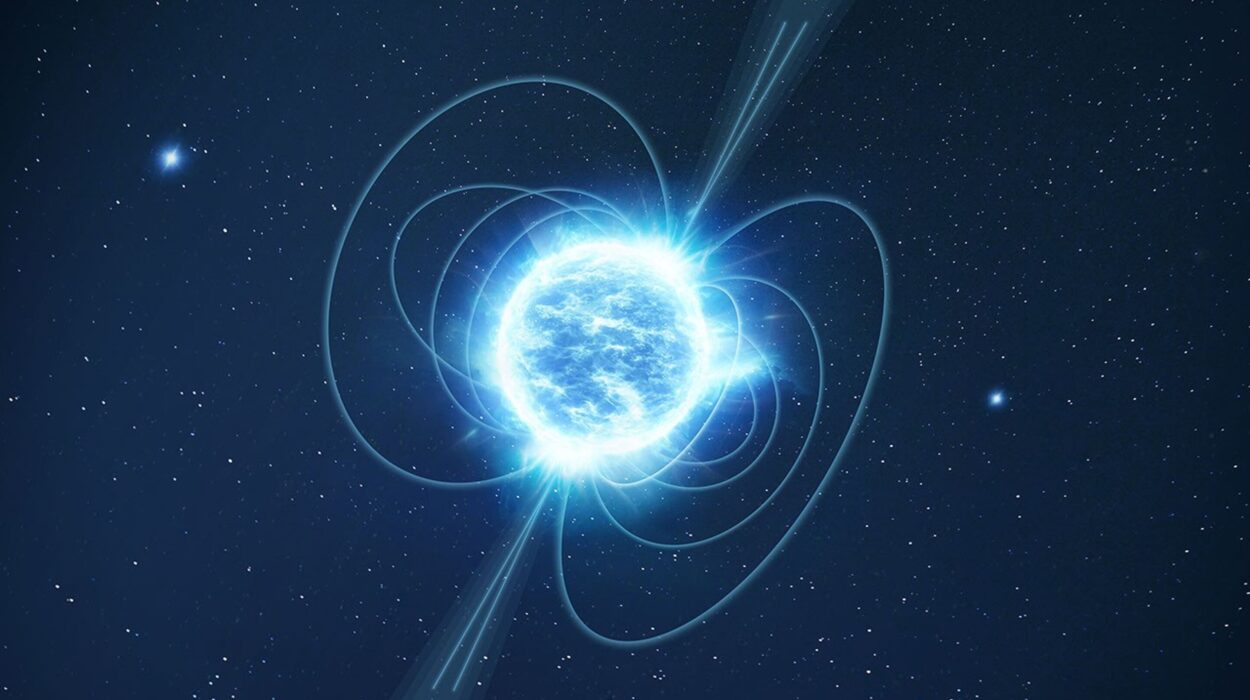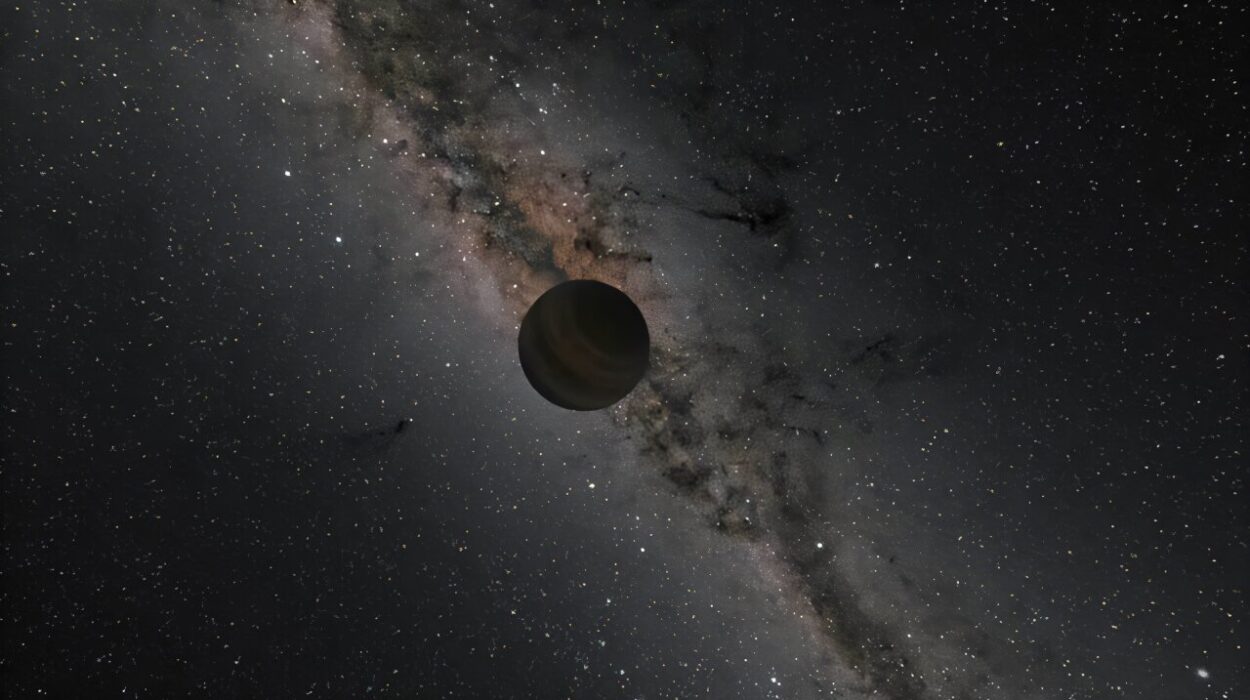In the boundless darkness between galaxies, something long suspected—but rarely seen—has finally come into view. Astronomers have uncovered a gigantic thread of hot, diffuse gas connecting four galaxy clusters like a glowing bridge across cosmic space. It’s the clearest evidence yet of an invisible architecture holding the universe together—and it may help solve one of cosmology’s most enduring mysteries: the case of the missing matter.
The discovery, published in Astronomy and Astrophysics, comes thanks to an international team of researchers using two powerful X-ray telescopes—ESA’s XMM-Newton and JAXA’s Suzaku—to peer deep into the fabric of space, where faint filaments of matter have long been theorized but rarely confirmed.
What they found was astonishing: a vast filament of gas over 23 million light-years long, stretching diagonally through the Shapley Supercluster, one of the most massive structures in the nearby universe. It connects four enormous galaxy clusters, two at each end. And within this thread lies a potential answer to a cosmic riddle.
A Puzzle of Missing Matter
For decades, astrophysicists have been hunting for something strange—not dark matter or dark energy, but something more ordinary: normal, baryonic matter, the stuff that makes up stars, planets, galaxies, and people. By all calculations, the universe should contain far more of this “ordinary” matter than we can observe—roughly a third of it is missing in the nearby cosmos.
“The models of the universe work beautifully only if this missing matter exists,” explains Konstantinos Migkas of Leiden Observatory, the study’s lead author. “But until now, much of it has evaded direct detection. This discovery is a major step toward finding it.”
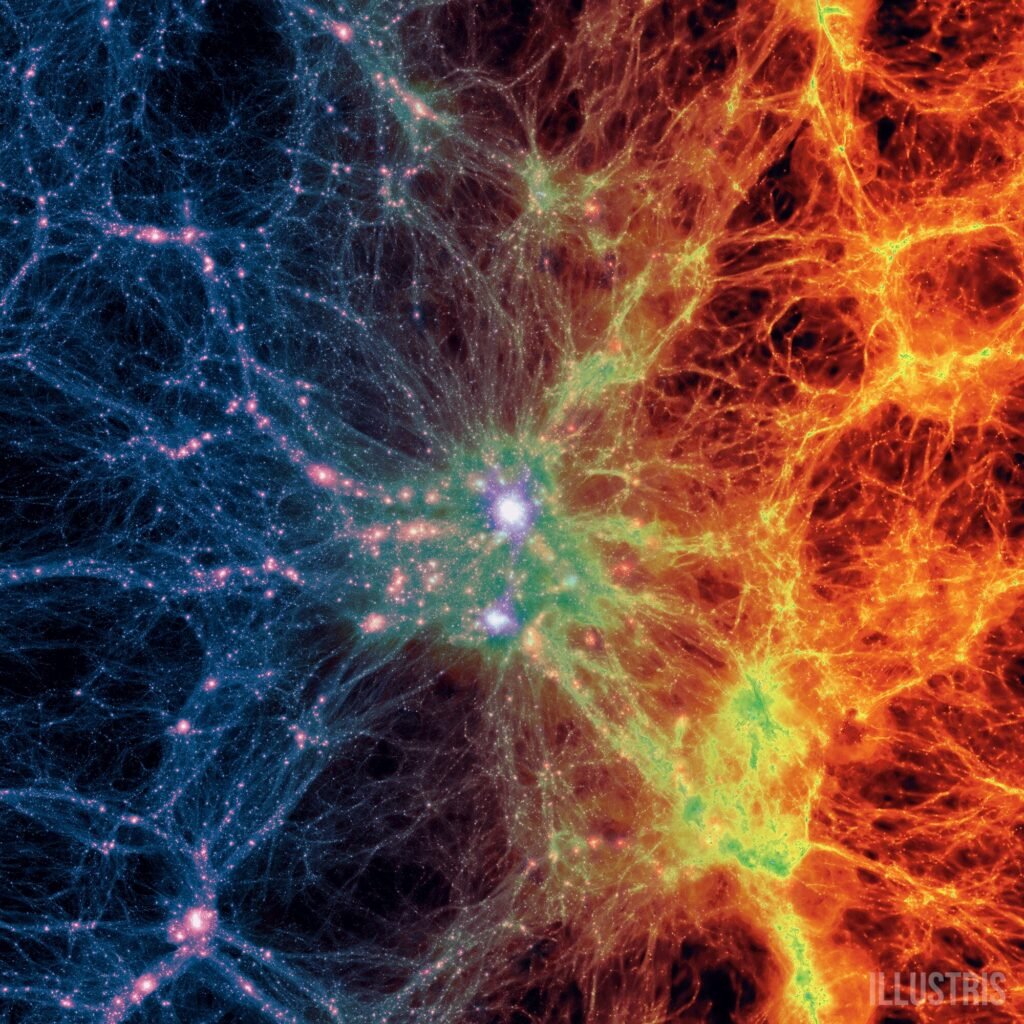
Scientists have long suspected that the missing matter might lie not in galaxies, but in the empty-looking voids between them, strung out in tenuous, hot gas across filaments—a cosmic web too faint to see with ordinary telescopes.
But this time, the astronomers caught one—not just glimpsed, but measured and characterized, making it one of the first cosmic filaments to be observed in such exquisite detail.
Threading the Shapley Supercluster
The team focused on a segment of the Shapley Supercluster, a massive congregation of over 8,000 galaxies. It’s a gravitational monster, tugging in galaxies and dark matter with irresistible force. But between its sprawling arms lies something more delicate: the newly detected filament of hot gas, glowing faintly in the X-ray spectrum at a temperature of over 10 million degrees Celsius.
To find it, scientists combined the strengths of two X-ray space telescopes. Suzaku, operated by Japan’s space agency JAXA, mapped the broad X-ray glow of the filament across a wide field of view. Meanwhile, ESA’s XMM-Newton honed in on specific point sources, such as active black holes, whose X-ray emissions could contaminate the readings.
“Thanks to XMM-Newton, we could identify and remove these cosmic contaminants,” says Florian Pacaud of the University of Bonn, a co-author of the study. “We knew we were looking at the gas in the filament and nothing else.”
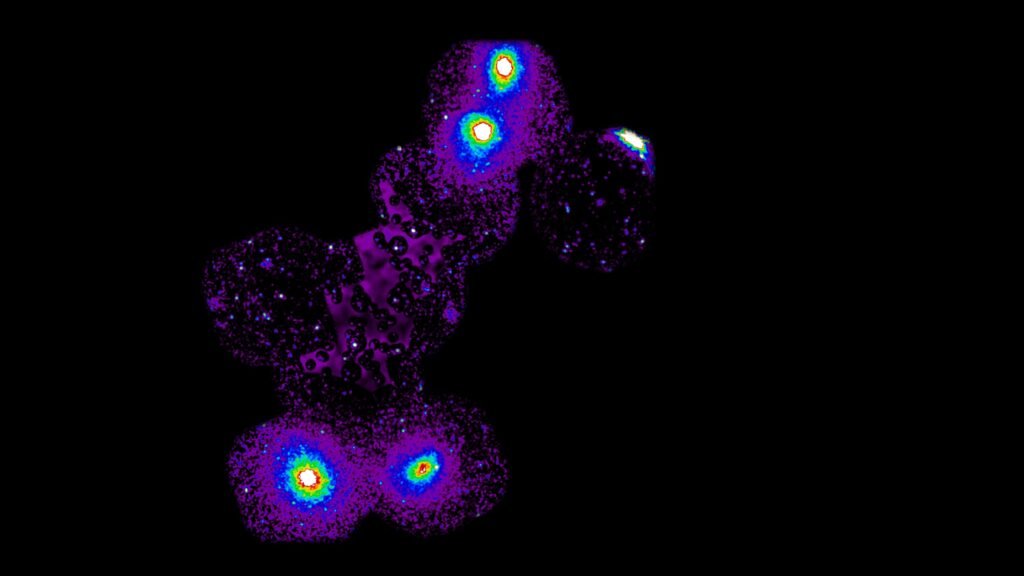
Once filtered and processed, the data revealed a filament with about 10 times the mass of our Milky Way, stretching across 23 million light-years—roughly the distance you’d cover by crossing our galaxy end-to-end 230 times.
An Invisible Scaffold Comes Into Focus
The discovery goes far beyond simply finding a gas cloud. It’s a direct glimpse into the cosmic web—the vast network of filaments, knots, and voids believed to define the large-scale structure of the universe. Galaxies and clusters are thought to form where these filaments intersect, while the filaments themselves act like cosmic highways, channeling matter through the universe over billions of years.
“This is the clearest observational evidence we’ve ever had that these filaments exist and behave exactly as predicted by our models,” says Migkas. “It’s like the universe is finally revealing the blueprints it’s been hiding all along.”
The fact that this filament is consistent with simulations gives cosmologists renewed confidence in their understanding of how the universe has evolved since the Big Bang. For decades, computer models have predicted such structures, but confirming them with real data has proven elusive.
“Until now, it’s been like trying to map spider silk by candlelight,” says Norbert Schartel, ESA’s XMM-Newton Project Scientist. “But now, with this discovery, we’re seeing the strands—clearly and beautifully—for the first time.”
Why This Discovery Matters
This filament is more than just an academic curiosity. Its detection offers hard evidence for the location and behavior of the missing third of baryonic matter in the local universe—an unsolved problem that has vexed astronomers for over two decades.
The finding also validates the approach used in the study—using multiple telescopes and complementary wavelengths to separate the filament’s faint glow from brighter nearby sources. It sets a new standard for observing low-density, high-temperature plasma that normally escapes detection.
More importantly, it’s a glimpse of how even the most extreme cosmic structures—the galaxy clusters, the superclusters, the gravitational giants—aren’t isolated. They are linked, woven together by unseen threads that stretch across the universe like veins carrying lifeblood.
The Next Frontier: Mapping the Web
The work is far from over. The next challenge is to map the rest of the web, especially its fainter, more remote segments. That mission falls partly to ESA’s Euclid spacecraft, launched in 2023. Euclid is designed to explore the geometry of the dark universe, but its powerful instruments can also trace the filamentary structure of the cosmos.
In collaboration with other observatories—including future X-ray missions—scientists hope to compile a comprehensive map of the cosmic web. This will not only illuminate the whereabouts of missing matter but could also help uncover the deeper forces shaping the cosmos, such as dark matter and dark energy, which make up 95% of the universe but have never been directly observed.
A Universe Less Empty Than It Appears
As the first X-ray confirmed filament of its kind, this discovery suggests that the universe is less empty than it appears. Between the galaxies, hidden in shadows and veiled in heat, lies the scaffolding upon which everything rests.
“It’s humbling,” says Migkas. “For all our advancements, we’ve only just begun to see the architecture of the cosmos. This filament is one thread—but together, they form the fabric of the universe.”
The next time you look up at the night sky, remember: the stars you see are not scattered in random. They are strung together by invisible rivers of gas and gravity, flowing across light-years, connecting the cosmos like beads on a galactic thread.
And thanks to this new discovery, those threads are finally coming into view.
Reference: K. Migkas, et al. Detection of pure WHIM emission from a 7.2 Mpc long filament in the Shapley supercluster using X-ray spectroscopy, Astronomy and Astrophysics (2025). DOI: 10.1051/0004-6361/202554944
